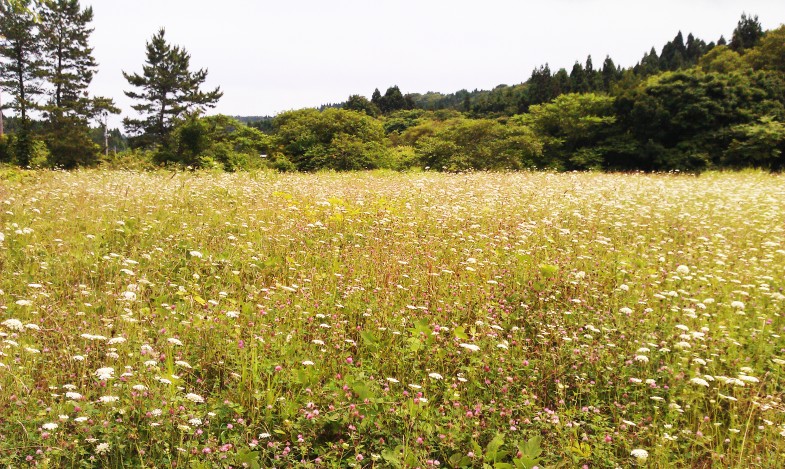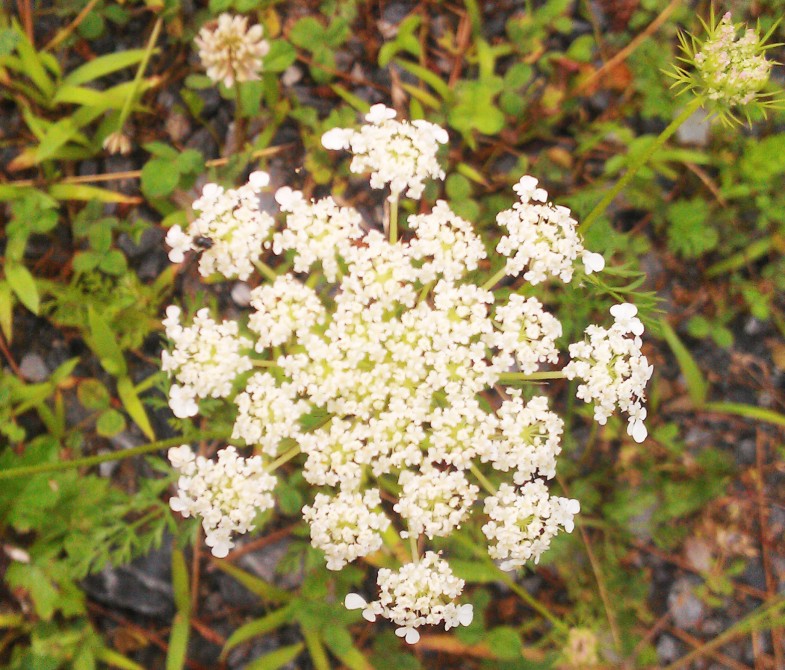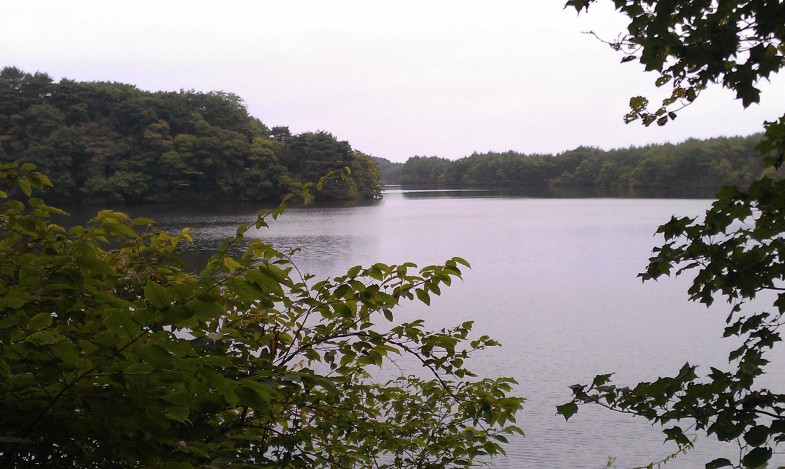
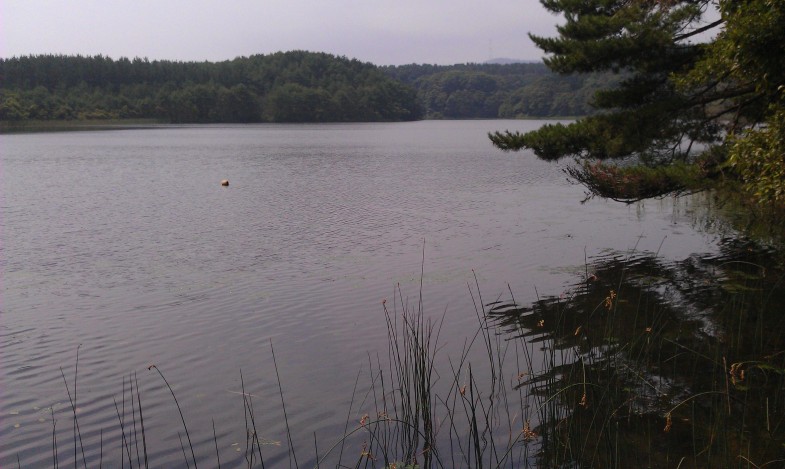
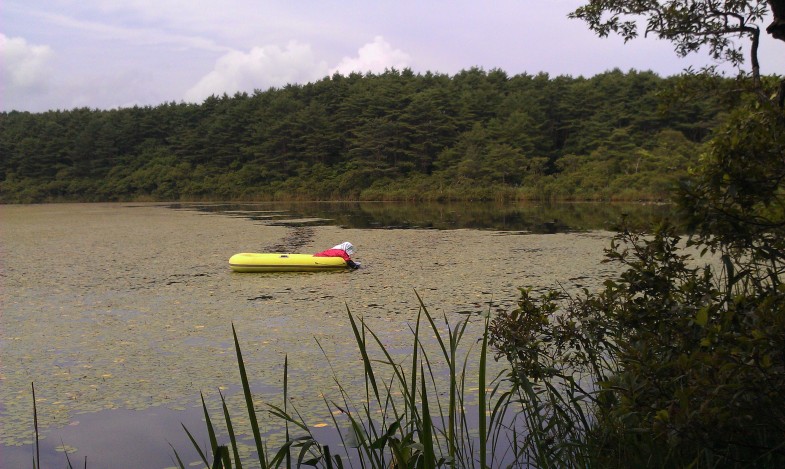
Ein Sanddünensee ist ein Sandstrand, der durch den Wind Wellen bildet.、Hierbei handelt es sich um Süßwassersümpfe, die auf natürliche Weise entstehen, wenn Flüsse in Senken münden (Sagata, Präfektur Niigata usw.).。Unterwassersand schwillt durch Meeresströmungen und Wellen wie eine Böschung an und versperrt den Ausgang.、(Er ist anders geformt als Brackwasserseen wie der Saroma-See und der Hachirogata-See)。Der Dünensee selbst ist ein wertvolles Gebilde, das weltweit verloren geht.、Schaffung einer biologisch wertvollen Umgebung。
Sand dune lake is a natural freshwater pond in a sandhill. It was shaped by wind. The wind had been carring sand and formed ups and downs, and then water stream into hollow places. It is not only very valuable existence itself in the world but also it gives important environment for biodeversity that’s being lost.
Im Dorf Higashidori、Es gibt viele große und kleine „Sanddünenseen“ (allein 13 benannte Sümpfe)。Das Higashidori-Dorf, die Sarugamori-Sanddünen und die Back Wetlands wurden als eines der 500 wichtigsten Feuchtgebiete Japans ausgewählt (tatsächlich kann man sagen, dass der größte Teil der Shimokita-Halbinsel auf diese Weise ausgewählt wurde).。Diese Monkey-Ga-Waldsanddüne (Breite 1-2 km)、„Shimokita Sand Dunes“ ist eine Kombination aus Sanddünen (Gesamtlänge 17 km) und Sanddünen, die leicht ins Landesinnere reichen.、Obwohl wenig bekannt, handelt es sich tatsächlich um die größte Sanddüne Japans.。Der Grund dafür ist nicht bekannt、Wind- und Sandschutzwälder umgeben die Sanddünen.、Dinge, die für Menschen schwer zu erkennen sind、Der Großteil davon wird vom Verteidigungsministerium und anderen als ballistisches Testgelände genutzt.、Denn der Zutritt ist verboten.。
There are many dune lakes in Higashi-dori village. Named lakes are minimum 13s. Salugamori sandhill (1~2 km width, 17 km length) include the rear wetland in this village has selected one of 500 of the important wetland of Japan (Actually most of Shimokita peninsula is selected also). Additionaly, Shimokita sandhill (includ this Salugamori sandhill with the next ones) is really the biggest one in Japan. However almost all japanese don’t know of it. One of the reason is that this place is hidden from the roads by pine grove for protect the wind and the sand. The other one, here is off limited, because this ares has been useing for test site of trajectory of Ministry of Defence (MD).
Der Dünensee selbst liegt außerhalb des Gebiets des Verteidigungsministeriums.、Ein Teil davon scheint auch für Fischereizwecke genutzt zu werden.。Aber auch die als Wind- und Sandschutz genutzten Kiefernwälder sind größer geworden.、Viele der Straßen, die in den Sumpf führen, verschwinden.。Auch hier setzen sich Bevölkerungsrückgang und Alterung fort.、Derzeit werden keine wissenschaftlichen Untersuchungen durchgeführt.。
These are out of the area of MD. A few lakes of it look as useing fishery sometimes but not often. Most of the roads to go there is being lost by growing thickly weeds and pine grove. Creasing depopulation and ageing there. Academic reserch stopped now.
Die Fotos sind von oben nach unten (von Norden nach Süden angeordnet)、Onuma、Sakyo Marsh、Aranuma。Die Größe und Tiefe variieren leicht, sie sind jedoch alle in ihrem natürlichen Zustand.。Onuma ist eine große Garnele、Sakyo-numa ist berühmt für Aegagropila Linnaei.、Was passiert jetzt, da keine Forschung durchgeführt wurde?。Aranuma ist 1-2 m tief.、Brasenia schreberi wird geerntet.。
Photo:(above) O-numa. Small river prawn lives in. (midlle) Sakyo-numa. Sakyo-numa is famous for “Hime-malimo” (small moss ball), but how is it now? (bottom) An old woman was picking “Jun-sai” (the water shield) from the water at lake Ala-numa. ※numa means lake or pond. All of dune lakes are Nature.
